What kind of soil do onions like?
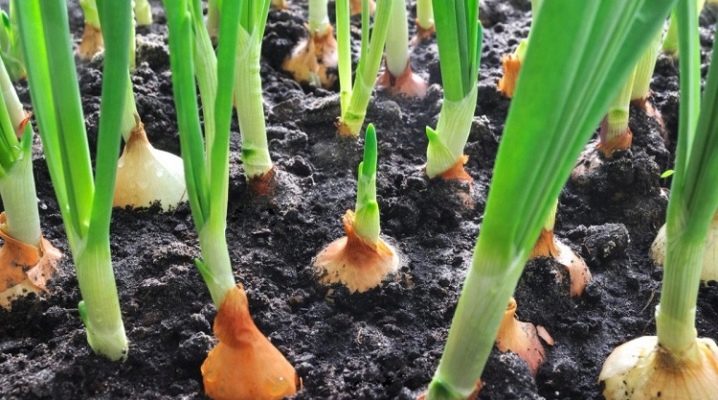
Growing onions is not as easy as it might seem at first glance. An inexperienced gardener may not even know about the principles of crop rotation, about which neighbors, soil and other agronomic techniques prefer onions.
Choosing the type of soil
In order for the onion crop to please with quality and quantity, one should remember the requirements of agricultural technology, soil composition, the level of illumination of the planting area, its acidity and optimal humidity. Onion sets love loam and sandstone, but reacts differently to the first and second options:
- on loams, the taste of onion, its aroma and aftertaste are fully manifested;
- sandy stones guarantee rapid growth and bulb formation;
- heavy and dense clayey soils impede the development of the onion head due to the dense crust around the rhizome, therefore regular loosening is required.
For ridges, you should choose areas with good ventilation and lighting - so that in spring they are freed from snow as soon as possible.
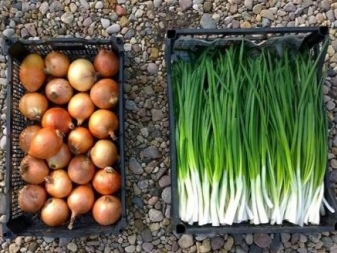
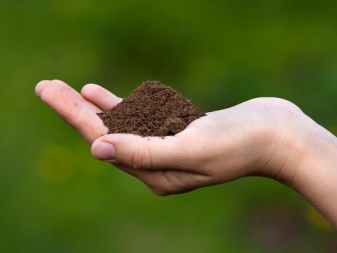
It should be remembered that you should not plant a crop in those places where groundwater is too close to the surface.
- For leek and turnip, it is necessary to ensure good soil fertility, therefore, they do not skimp on the introduction of organic matter and chemical fertilizers. It is especially good if intensive soil fertilization took place in the previous year.
- Onions need in soil with good organic saturation.
- Regular watering carried out at the beginning of the growing season, and stop them at the stage of bulb growth.
- At the beginning of the growing season, crops are fertilized nitrogen and potassium substances.
Good predecessors are zucchini and cucumbers, cabbage, any salads, nightshades and legumes, as well as green manures and grains. But after garlic, strawberries, spices, planting onions is not recommended. Carrots, beets, spinach, cabbage, savory are considered to be good neighbors, while it should be located farther from the batun. Often, onion beds are performed in a combined form. Onions and carrots are planted in one area, and radishes are planted in the aisles.
The radishes are removed first, then the onions ripen, and after harvesting, the carrots continue to develop in the open.
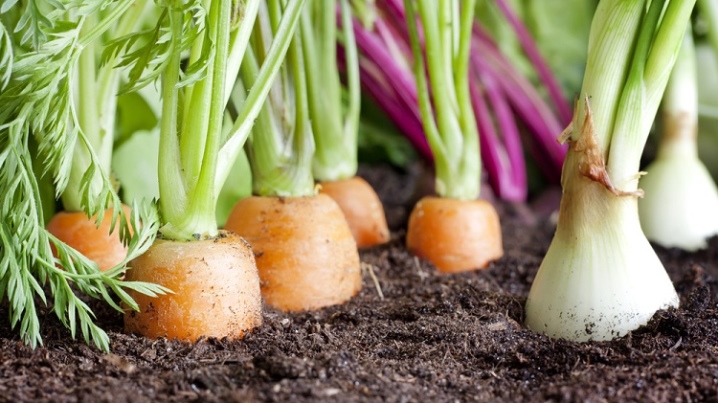
What acidity is needed and how to alkalize the earth?
Determining how suitable the land is for growing a turnip can be done in a simple and unmistakable way. The moistened earth is compressed into a lump, if after that the lump does not crumble, the composition requires the addition of river sand. The loose earth is ready for planting. Onions grow poorly on acidic soils, its development requires a neutral pH level or slightly alkaline from 6.4 to 7.9 units. Sour soil needs alkalinization. This is done using dolomite flour, lime, gypsum. The addition of peat can increase the acidity, so it is best not to use it.
Dolomite flour cannot be applied together with mineral fertilizers, therefore, the soil is deoxidized first, then nitrogen and potassium-phosphorus compositions are added. It should be borne in mind that "dolomite" itself can serve as a fertilizer, since it contains calcium and magnesium, which has a positive effect on the development of the bulb. Flour can be applied throughout the season and even the year.
If deoxidation occurs with the help of lime, then they do it in the fall, so as not to interfere with the absorption of phosphorus. Wood ash also reduces acidity, but its effect is weaker, so you need 4 glasses of ash per 1 square meter... That's all the recommendations for soil deoxidation. Siderates, for example, phacelia, white mustard, work well in this direction, but not immediately. It will take time to see sufficient results, although the soil structure is significantly improved. Dolomite flour is the most optimal option in terms of efficiency and nutritional value.


Preparation before landing
Onions are sown with seeds or planted in small onion-sets. It all depends on the variety, goals, purpose. The most popular way to get onions on a head for food is planting with sets, although there are varieties of onions when large record-breaking bulbs are grown from seeds in the open field in one season:
- "Lyubchik";
- "Veselka";
- "Candy" F1;
- Copra F1;
- Daytona F1;
- Sterling F1;
- "Exhibition".
Planting is carried out in spring and autumn, but first you need to properly prepare the bed.
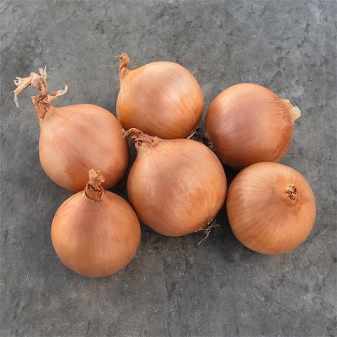
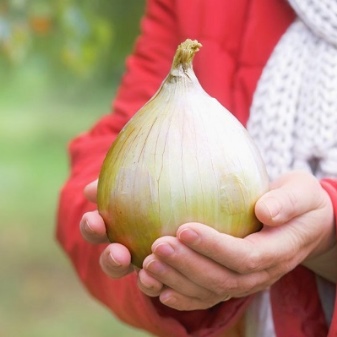
In the spring
Spring work on the preparation of beds for onions begins with harrowing the soil, which allows you to keep moisture as long as possible. The earth is dug up before planting with the simultaneous introduction of mineral fertilizers - 20 g / m2 of ammonium nitrate, a third of the package of superphosphate and potassium chloride, 60 g of nitrophoska. After that, the ridges are made directly. Onion growth can be artificially stimulated or limited by applying or reducing fertilization.
To obtain greens, a shock dose of nitrogen is introduced, which reduces the growth of the bulb, which begins to give all its strength to the formation of a vegetative mass. Onions are usually grown in raised ridges that are 15 to 20 centimeters above ground level. This technique provides better heating and airing, cuts off excess moisture in the lowlands, and favors the development of plants on heavy soils.
On light, breathable soils, it is not necessary to raise the beds.
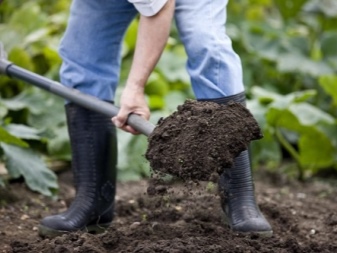
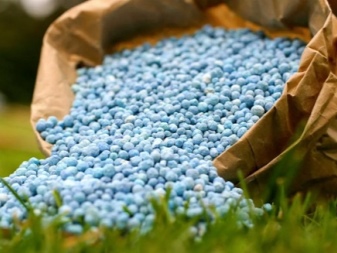
In autumn
Autumn is the best time to prepare onion ridges. Time to restore soil structure, chemical and acid balance. After harvesting, peeling is carried out, which means shallow (10 cm) plowing or manual digging. Closer to the onset of cold weather, in October, deep digging is carried out with the simultaneous introduction of nutrients: organic matter, double superphosphate, wood ash, potassium chloride. If high acidity is noticed, dolomite flour, lime or chalk is added.
In late autumn, the last digging is carried out and the plot is left in this form, making sure that the land remains clean, without weeds. It is customary to grow onions to obtain seeds, heads, feathers. The entire cycle - from seed to head - takes a three-year time interval. First, seeds are sown and sevok is obtained. The next year, sevok is planted to obtain a turnip. And already in the third year, the turnip is planted to obtain seeds (nigella). Then the cycle starts again.
Thanks to the development of seed-growing companies, the need for growing onions for nigella and sevka has disappeared. The ability to purchase any planting material in specialized stores has reduced the cycle to one season. However, true connoisseurs of gardens still grow their own seeds and sets, believing that your planting material cannot be compared in quality, germination and reliability with a mass-produced product.
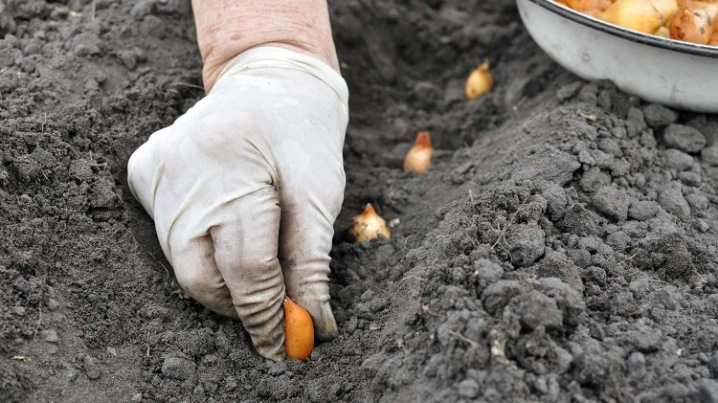













The comment was sent successfully.